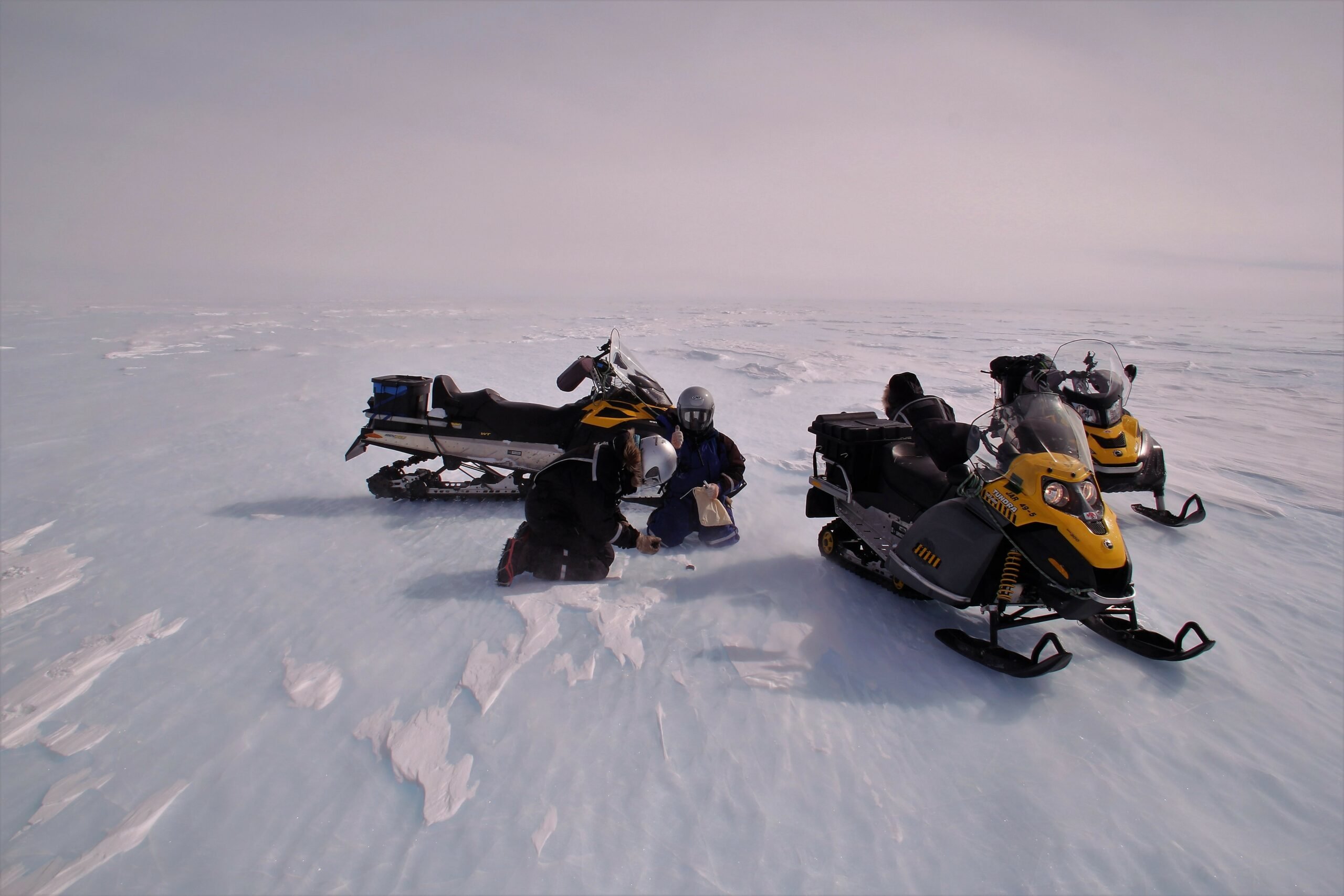
Meteorites provide crucial information on the formation and evolution of our Solar System, TU Delft writes in this press release. Which in turn is important for research into the origins of our planet, and of life on Earth. The scientists’ new calculations suggest that more than 300,000 meteorites are still present, with enormous scientific potential, but until now they have been difficult to find. “We found several never-visited meteorite-rich areas that are relatively close to research stations,” said Stef Lhermitte, who was involved in the study along with assistant professor David Tax from TU Delft.
Eighty percent
A special feature of the study is that this ‘treasure map’ was created using artificial intelligence. The researchers combined different types of observations in a machine learning algorithm and were thus able to identify zones where meteorites can be found with high probability. “Through our analyses, we learned that satellite observations of temperature, ice flow rate, surface cover and geometry are good predictors of the location of meteorite-rich areas,” said Veronica Tollenaar, who led the strudy as a master’s student at TU Delft and a doctoral student at Université libre de Bruxelles (ULB). We expect the ‘treasure map’ to be eighty percent accurate. The results of the study are published in Science Advances.
Read our article about generating solar hydrogen at the South Pole or in Alaska here.
Machine learning
The machine-learning algorithm overlays the different satellite observations, and, more importantly, captures the interplay between these observations, which is essential in predicting whether there are meteorites or not. Veronica Tollenaar: “Antarctica is very remote and many areas have never been visited. Moreover, the reports on the success of previous meteorite recovery missions are often ambiguous and not very detailed, which leads to a lack of good-quality labels. To circumvent this problem, we relied on ‘positive and unlabeled learning’, an emerging field in machine learning.”
The resulting ‘treasure map’ is accessible on the website www.wheretocatchafallingstar.science, where anyone can search the Antarctic continent and explore locations with a high potential to find meteorites.
This interactive website illustrates the story: https://tudelft.pageflow.io/meteorite.
Selected for you!
Innovation Origins is the European platform for innovation news. In addition to the many reports from our own editors in 15 European countries, we select the most important press releases from reliable sources. This way you can stay up to date on what is happening in the world of innovation. Are you or do you know an organization that should not be missing from our list of selected sources? Then report to our editorial team.
